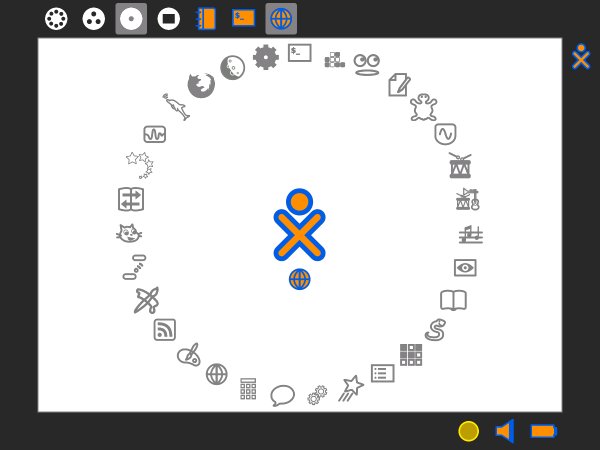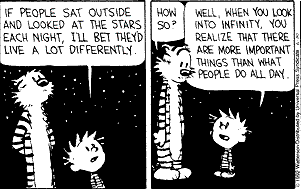A few weeks back, through a post by one of my mentors during a short summer camp on ethical hacking, I came to know of something called Google Code In. It had "code"in it's title and was conducted by Google. That was all I needed to know before I signed up. Turns out, it is an event where students of the age 13-17 are given the opportunity to work on many tiny tasks that involve a range of skills from coding, designing and documentation. The way it was set up was great, and I cursed myself for not knowing about this event in previous years and set to work on my first task despite the looming annual exams.
Since then, despite the lack of time, I've gone through a number of tasks, learned about a variety of topics ranging from application programming frameworks, collaborative work on github and internet relay chat. Programming in general and being able to work in a development-driven environment is a skill that all teens should posses in this computer dominated world. The largest companies, the widest reach, and the biggest opportunities all lie in the field of information technology in the present day. However, as statistics suggest, only a fraction of students who pass out of schools are properly equipped to understand and comprehend technology, mostly because of the prioritization of math, chemistry and physics over computer science. As a result, those curious on expanding their knowledge in coding and related skills have to turn to the internet.
While there are a multitude of resources available online, many of them are spread apart and differ sharply in accuracy and quality. Picking the reliable tutorials out of the muck can be a tedious task. But for those who are determined, the world is an open window. But when it comes to testing out theses skills, the opportunities are far more narrow. Running simple Python scripts in you local console can only take you so far. With a limited skill set, every youth who enters this field will not be launching android apps or designing webpages in no time. There is a learning curve to be negotiated, and there is a need for more supporting resources to do so. As a person interested in ethical hacking, participating in hacking CTFs over the past years has been the biggest stage to test my knowledge of computers and programming. While clubs and organisations in my locality hold competitions on literature, science and arts with fervor, there is a disappointing lack of coding-related events.
In such a situation, finding out and entering Google Code In felt liberating, as it was finally an opportunity to apply and expand my skill set. I'm sure I'm not the only participant who feels this way. I hope, or in fact I'm sure, that by the time this event ends, I shall become a better coder.
Closely related to the issues mentioned here is a NGO called Sugar Labs, an non-profit organisation that aims to bring interactive learning to more children. They have developed a platform called the Sugar learning platform where Sugar activities are created with the aim of boosting the cognitive development of young minds through various interesting activities. They also participate in the Google Code In as one of the many organisations that create tasks for students to solve, and in this manner they are bringing technology into education and playing a great role in bridging the gap between the current learning system and what is hopefully, the future of education.




























